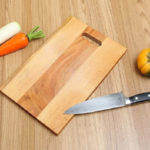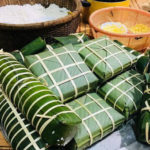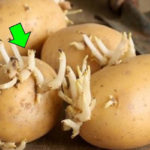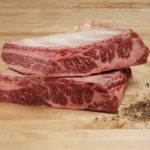Pork is a popular food choice for many families as it provides important protein and can be used to prepare a variety of dishes in our daily diet. Due to the increasingly busy life, many people choose to buy large quantities of meat and store them in the refrigerator to save time. Experts recommend that before putting pork in the refrigerator, it should be coated with a layer of “natural preservative”, so that it can stay fresh and delicious for a long time.
How to preserve meat to preserve its original flavor and be safe for the consumer’s health
Not everyone knows how to preserve meat to keep it fresh, delicious, and safe. If you still follow the old way of prepping meat and putting it in the freezer, don’t miss the tips below. This method not only helps keep the meat fresh and delicious but also retains its nutritional value.
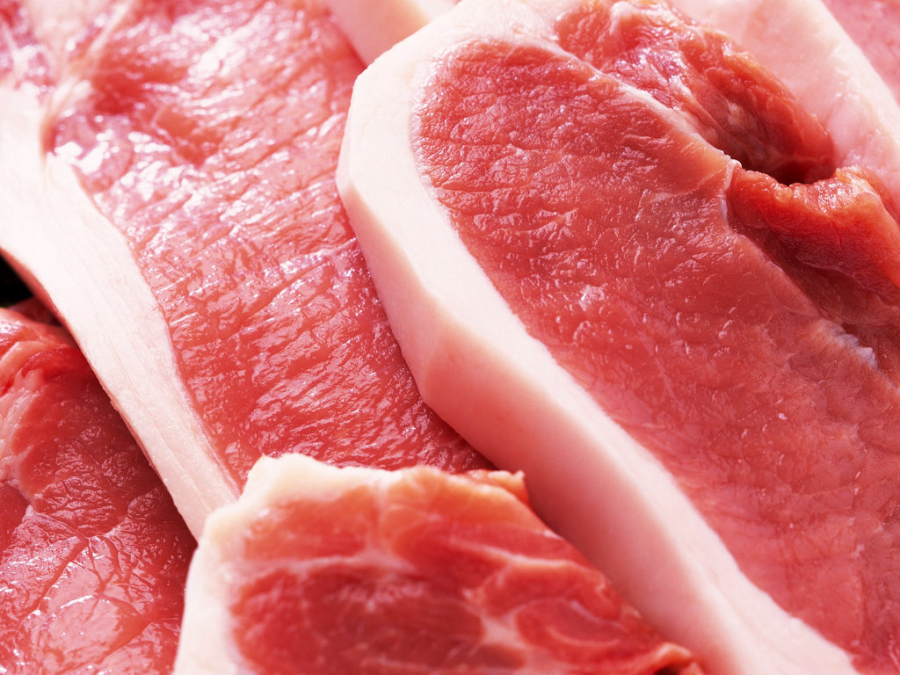
You should choose fresh pork pieces that have a bright color, with the meat’s delicious color being light pink or light red, and the fat having a creamy white color.
Step 1: Choosing meat
+ Color
You should choose fresh pork pieces that have a bright color, with the meat’s delicious color being light pink or light red, and the fat having a creamy white color. Cutting the meat vertically, you will see that the meat fibers are slightly tightened, the surface is smooth, and the skin is soft. This is fresh and delicious meat. Avoid choosing meat with strange colors, pale colors, or overly dark colors. The meat surface is shiny and slightly sticky when touched with the fingertips, which should be avoided.
+ Smell
Good-quality meat has a characteristic aroma of meat, which is pleasant and free of unpleasant or foul smells. Meat that has a strange smell, a strong foul smell, or a rotten smell is spoiled and should not be stored under appropriate conditions.
+ Elasticity
Pressing the meat with your hand, if the meat has good elasticity and returns to its original shape after you remove your hand, without any dents on the surface, it is fresh and delicious meat. When touched, the meat fibers are firm, neither too soft nor too tough, and there is no sticky fluid, you can choose to buy it.
+ Fat layer, skin
Pigs raised under normal conditions will have a fat layer about 1.5 – 2 finger widths thick. You can easily observe a thick layer of fat and skin, which is the simplest characteristic to identify well-raised pork.
You should choose pork pieces that have separate meat and fat layers that stick together tightly. When touching with your hand, they should be difficult to separate. Pork pieces with separate fat and lean meat layers, with yellow fluid when touched, are pigs raised with additives to promote lean meat, and should not be purchased.
Step 2: Prepping the meat
You cut the meat into daily meal portions, wash the meat with diluted saltwater with lemon to reduce bacteria and help the meat stay fresh longer. After that, the meat needs to be completely dry to avoid freezing and losing flavor.
After rinsing the meat thoroughly, you can use one of the following ingredients to brush on the surface of the meat.
– Using white wine: White wine is used in the meat preservation process because of its sterilizing effect. The alcohol concentration in wine can kill or inhibit the growth of bacteria on the meat surface. By brushing a layer of white wine on the meat, we create a cleaner preservation environment, reduce the risk of bacterial contamination, and extend the shelf life of the meat while keeping it fresh and delicious.
– Using cooking oil: Cooking oil is applied to the meat after brushing with wine to create a protective film. This film helps prevent direct contact between the meat and air, thus limiting oxidation and the formation of ice crystals inside the meat during freezing. This reduces the risk of the meat becoming dry or losing water. Moreover, the cooking oil helps retain the meat’s natural flavor during thawing and cooking.
Step 3: Freezing
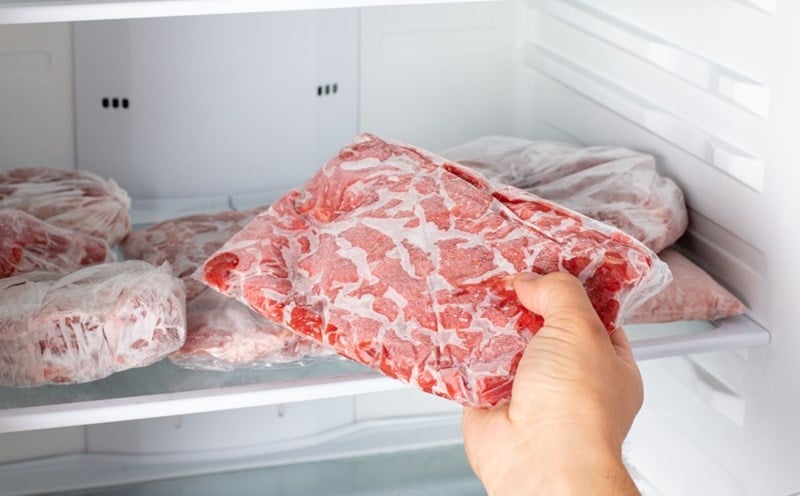
By brushing a layer of white wine on the meat, we create a cleaner preservation environment, reduce the risk of bacterial contamination, and extend the shelf life of the meat while keeping it fresh and delicious.
After completing the above steps, you place the meat in an airtight container or put it in suitable specialized bags before putting it in the refrigerator’s freezer. This helps prevent air contact with the meat and minimize the meat’s freezing and preserves the flavor when it needs to be used.
When needed, take the necessary amount of meat out of the freezer and place it in the refrigerator’s cool compartment to thaw slowly for 12-24 hours depending on the size of the meat. If you need to thaw it faster, you can use a heavy pot placed on top of the meat and pour warm water into another pot placed on top to increase heat transfer efficiency and thaw quickly while preserving the color and flavor of the dish.
8 Common Mistakes People Make with Cutting Boards
Are you using your cutting board correctly? Many Vietnamese households rely on cutting boards in their kitchen, but not everyone knows how to use them properly, especially when it comes to wooden cutting boards. Check out these 8 mistakes to avoid when using a cutting board to ensure both hygiene and safety for everyone in your family.
Is Refrigerated Leftovers Linked to an Increased Risk of Cancer?
Dr. Lam Van Man, Head of Research, Development and Technology Transfer Department of the Institute of Safety Food, has warned of the risk of food poisoning when reheating leftovers from the refrigerator. But what should we be aware of when it comes to the possibility of these leftovers causing cancer? Here, we explore what the experts have to say on the matter and offer some tips for safe eating.
Preserving Leftover Food from the Tet Holiday
With the beginning of the Lunar New Year, many households are stocking up on food to celebrate the festive occasion. While keeping food in the refrigerator is convenient, it can also be harmful to users if not done correctly. We have compiled a few tips to help ensure food remains fresh and safe to consume during Tet.
























